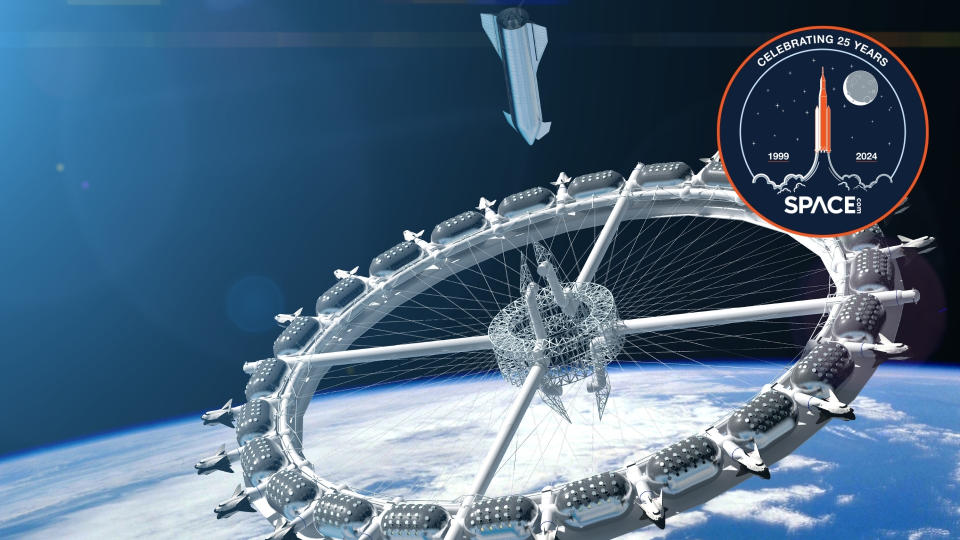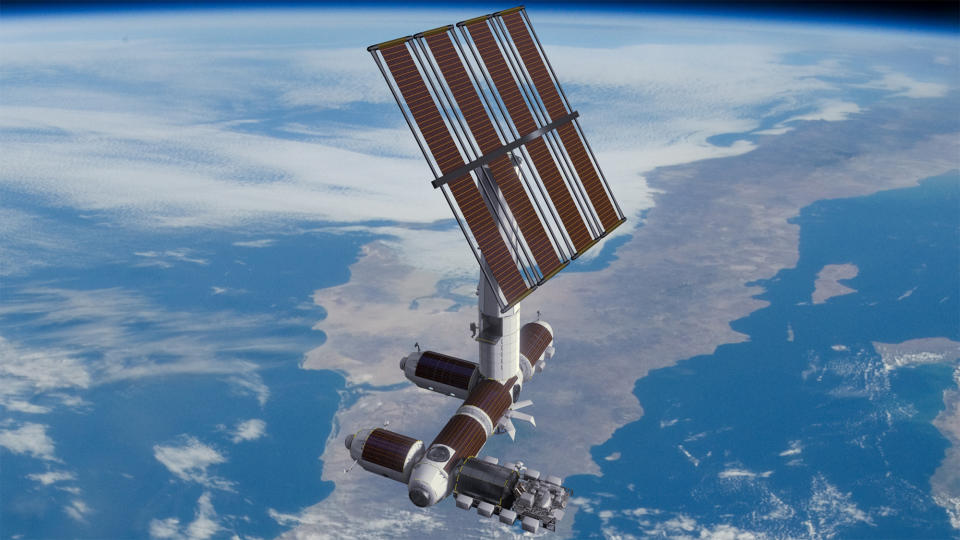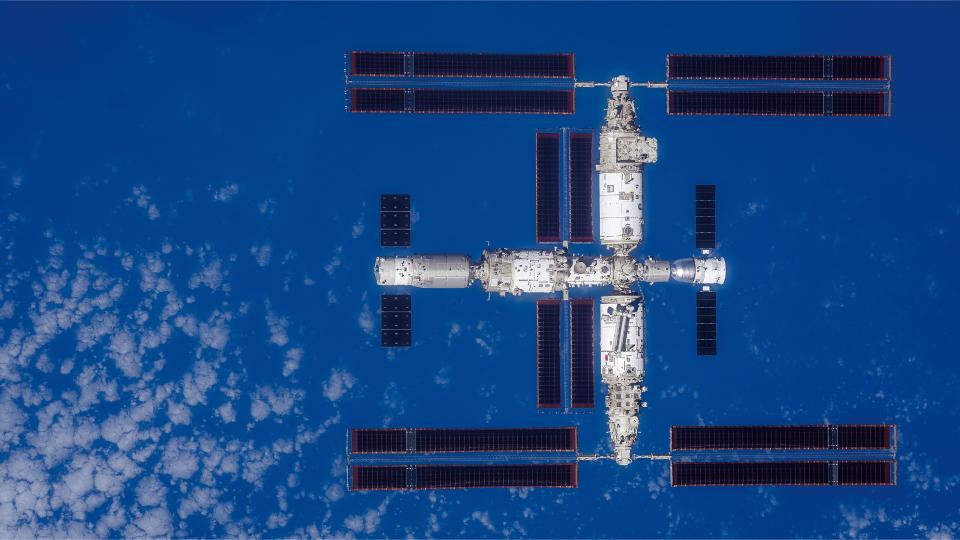When you buy through links on our articles, Future and its syndication partners may earn a commission.


Humans have occupied low Earth orbit (LEO) over the past half-century through the Salyut, Skylab, Mir, and Tiangong programs, and of course, International Space Station (ISS). In addition to providing incredible views of EarthThese space stations have proven that humans can live and work in space while providing unique lessons about microgravity and the cosmos. They have made us aware of the challenges of life in microgravity and the fragility of life beyond our planetary cradle.
But changing dynamics in the space industry are about to usher in a new era of private space stations tasked with continuing that legacy. The ISS, a decades-long multinational project of cooperation and technological prowess, is winding down and could be decommissioned by 2030.
In turn, private companies — including SpaceX, Blue Origin, Planet, Rocket Lab, Virgin Galactic, Axiom Space and Sierra Space — are ready to ushering in a new era of commercial space stations.
Related: NASA plans to create private outposts to build on International Space Station legacy
SEE MORE 25TH ANNIVERSARY FEATURES:
Check out the list of special stories from Space.com’s 25th anniversary week in our hub linked here!
“In the short term, commercial space stations are a critical step toward filling the void left by the imminent decommissioning of the ISS,” said Lauren Andrade, a spokesperson for the Beyond Earth Institute. “Beyond that, commercial space stations offer flexibility and capital that government-run projects simply don’t have.”
Blue Origin — in collaboration with companies such as Redwire, Sierra Space and Boeing — built Orbital Reefa mixed-use commercial and scientific park in LEO. The space station will be a scalable, modular outpost for research, manufacturing, tourism and more. Its primary habitat will contain 10 crew cabins.
“Commercial space stations open up more opportunities for government and private actors to engage in space activities,” Andrade told Space.com.
The scope of activity and the modules themselves will be expanded. Orbital Reef will be equipped with Sierra Space technology Large Integrated Flexible Environment Inflatable Habitat (LIFE)which will be placed in the fairing of the New Glenn rocket and then expanded once in orbit. Such a design would offer a much larger volume than the rigid, discrete ISS modules launched by NASA’s now-retired space shuttle and Russian launchers.
Sierra Space announced in 2023 that it plans to launch an exploration module for LIFE in late 2026. This module will have a volume of 300 cubic meters. The company has also proposed a larger module, measuring 1,400 cubic meters. By comparison, the Kibo module, the largest module on the ISS, has a volume of 155 cubic meters.
As part of the transition to a new generation of space stations, Axiom Space hopes to send its first commercial module to the ISS by 2026.


Both Axiom Space and Blue Origin have received support from NASA’s Commercial Low Earth Orbit Development Program for these initiatives. Star Lab The space station — a project involving Nanoracks, Voyager Space and Lockheed Martin — also won a NASA award and could be ready as early as 2028.
NASA is not expected to be the only funder, but one customer among others. The European Space Agency is also interested, having signed a memorandum of understanding with Voyager Space and Airbus for Starlab. This shows early interest, but more and more diverse commercial partners will be sought. Other players include Californian startup Vast, which plans to launch its first private station, Havre-1around mid-2025 on a SpaceX Falcon 9 rocket.
Although there is a time lag between the dismantling of the ISS and the placing of commercial stations in orbit, Tiangong Space Station will ensure a continuous presence in space. China’s three-module orbital outpost was completed in 2022 and now hosts crews of three astronauts for six months at a time. In addition, the country is already exploring commercial opportunities for Tiangong, such as expanding the outpost with new modules and hosting trade and tourism missions.


Expansion beyond LEO
International projects will also extend beyond LEO. Construction of NASA’s moon-orbiting satellite Gateway Space Station will soon begin lunar orbit as a base for future exploration of the moonThe space station will provide human habitat beyond low Earth orbit for the first time and will involve commercial partners.
Because Gateway will be in orbit beyond Earth’s protective magnetic fieldIt will face a series of additional challenges, including higher radiation levels, which threaten both electronics and astronauts, as well as longer travel times, higher launcher requirements, and greater communications and power needs.
Artemis 4The Gateway Habitable and Logistics Mission, currently scheduled for 2028, will be the first to send astronauts to the space station. Astronauts will live and work aboard the Habitable and Logistics Outpost, which is currently scheduled to launch in 2025, and NASA aims to add a second habitable module before the first manned mission arrives.


Related articles:
—NASA’s vision of a space station orbiting the Moon comes to life in new 3D video
—Airbus unveils futuristic space station concept (photos)
—NASA and private companies are counting on market demand for future space stations after the ISS
The emergence of commercial space companies and the expansion of our horizons towards the Moon could see these companies contribute to lunar exploration. Lunar orbit and surface habitats, LEO technology and lunar exploration.
“As we have already seen with the expansion of the commercial space sector, I believe that the future of commercial space stations is one of greater flexibility, faster progression,” Andrade said, “and, ultimately, a step towards removing the barriers that limit human activity in space.”
The next 25 years promise significant advances in space exploration, driven by the ingenuity and ambition of private companies. With the right support and the necessary levels of commitment and interest, these spaces will become the new orbital homes of research, innovation, business and international cooperation.